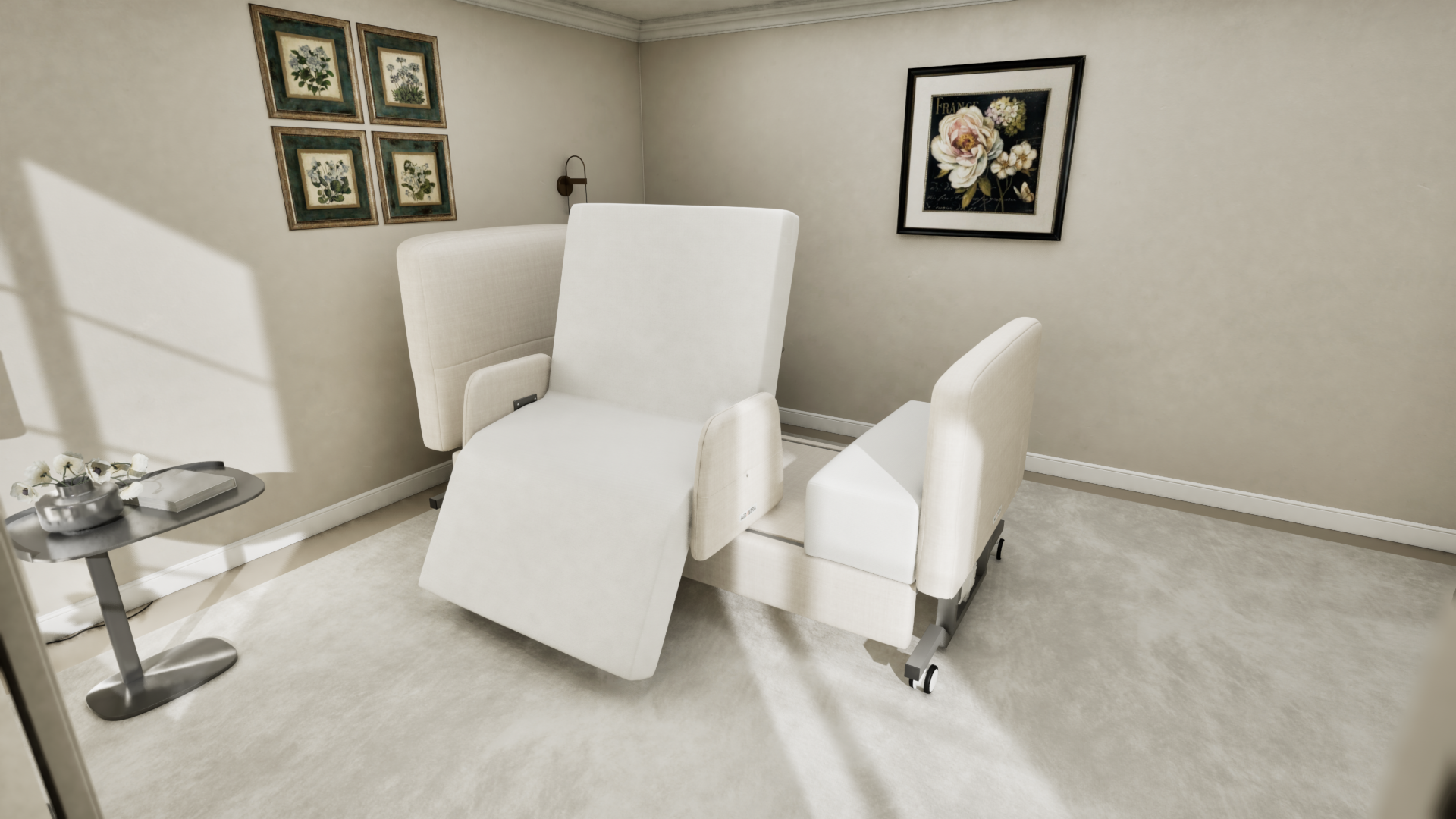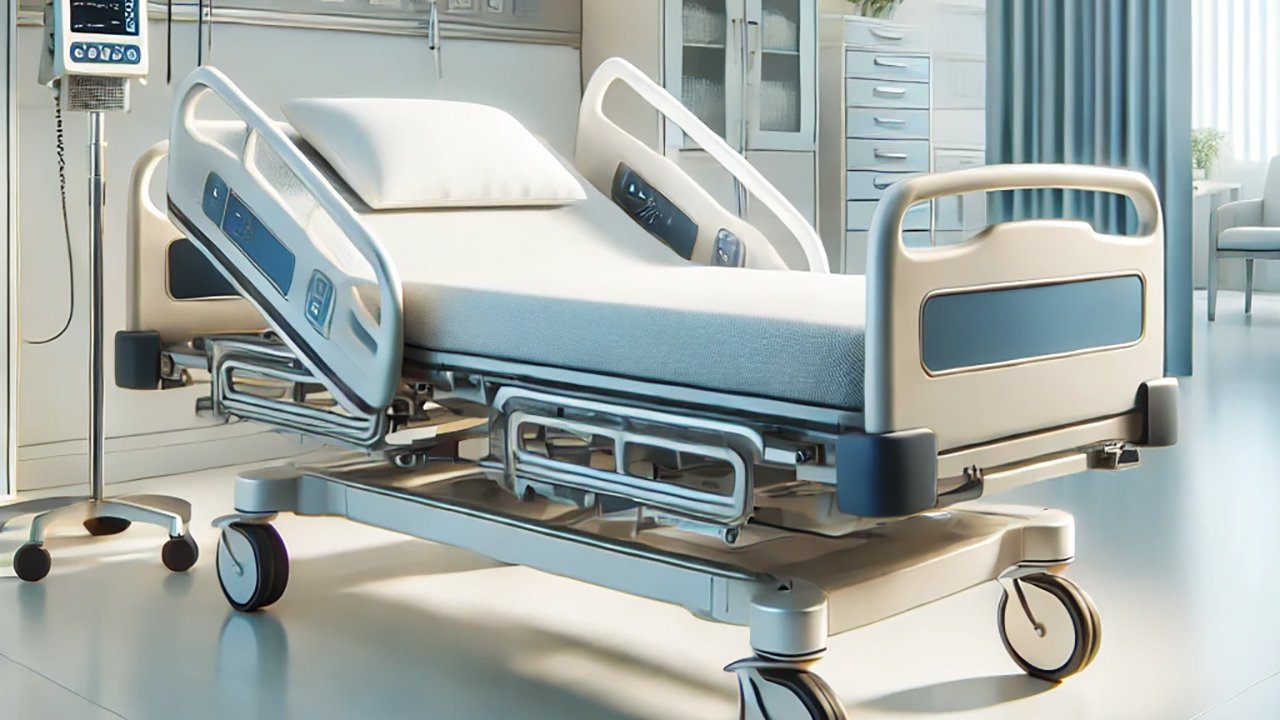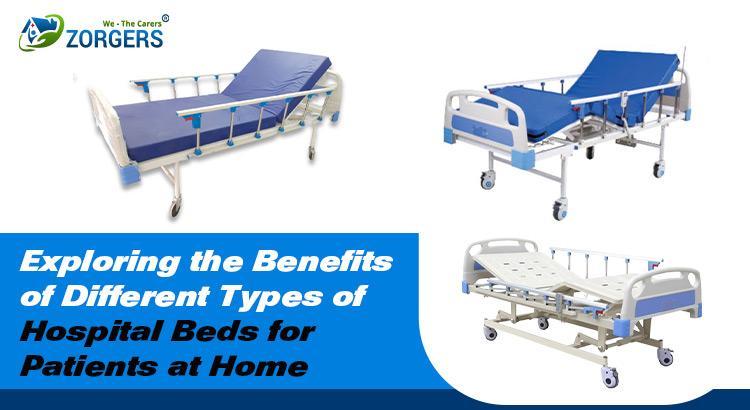The Best Strategy To Use For Hospital Beds For Home Use
The Best Strategy To Use For Hospital Beds For Home Use
Blog Article
Some Known Questions About Hospital Beds For Home Use.
Table of ContentsExamine This Report on Hospital Beds For Home Use5 Easy Facts About Hospital Beds For Home Use ShownThe 5-Minute Rule for Hospital Beds For Home UseHospital Beds For Home Use - An OverviewHospital Beds For Home Use - QuestionsThings about Hospital Beds For Home UseSome Known Details About Hospital Beds For Home Use
There are three primary kinds of healthcare facility beds: manual, semi-electric, and fully-electric. These beds use hand cranks to readjust the bed's height and raise and reduce the head and the foot.
Semi-electric beds have an electric motor to raise and lower the head and foot portions of the bed. Individuals and caregivers readjust the positioning by pushing switches making use of a hand pendant. The height of the bed is changed by hand with a hand crank. Full-electric beds have an electric motor that can increase the head and foot sections of the bed as well as the whole elevation and positioning of the bed.
A Biased View of Hospital Beds For Home Use
There are a number of types of medical facility beds, each made to meet specific client demands. Right here are some typical types: This is the most common type of health center bed, created for general medical usage.
Lower to the ground than a standard bed. This type of bed is designed for larger people, with a bigger frame and greater weight capacity than a typical bed.
This kind of bed is made for seriously sick patients that require open surveillance and specialized clinical equipment such as ventilators and infusion pumps. This kind of bed is developed for use during labor and shipment, with flexible settings and features to sustain the mom and child during the birth procedure.
Indicators on Hospital Beds For Home Use You Need To Know
Numerous function and the accessories execute increasing traction to different components of the vertebra and the extremities without relocating the body. These are just a few instances of the sorts of healthcare facility beds available. The certain type of bed made use of will rely on the client's problem, medical needs, and various other aspects.
Here is the point you need to understand. A one-function healthcare facility bed is a clinical bed that allows a person to relocate just the head or foot section up or down. A 2 feature hospital bed normally refers to a kind of medical bed that has 2 flexible functions to assist patients in hospitals or treatment centers.

9 Simple Techniques For Hospital Beds For Home Use
A 7-function ICU bed is a kind of medical bed that supplies several flexible functions to sustain critically sick clients in an extensive care system (ICU) (hospital beds for home use). The seven features typically include: Backrest modification: The backrest can be gotten used to different angles to aid the person sit up or relax easily
Elevation modification: The bed can be elevated or lowered to make it simpler for patients to get in and out of bed, and for caretakers to offer treatment. Trendelenburg placement: The entire bed can be slanted to advertise blood flow and circulation in the body. Reverse Trendelenburg position: The bed can also be tilted in the contrary direction to read what he said advertise blood flow and flow in the top body.
1. What Dimension is a Healthcare Facility Bed? 2. Exactly how Much Does a Medical Facility Bed Expense? 3. Why Do Healthcare Facility Beds Have Side Rails? 4. What Are The Main Healthcare Facility Bed Components?. While even more inexpensive than electrical versions, these beds need physical effort for adjustments. The main advantages of hands-on beds are their affordability and dependability, as they don't rely upon electrical energy. The requirement for hands-on initiative can be a constraint in scenarios where fast changes are needed or where caretakers deal with physical difficulties.
Some Known Questions About Hospital Beds For Home Use.
They are appropriate for patients who call for very little rearranging for comfort or clinical demands. Semi-electric healthcare facility beds supply an equilibrium of manual and electric controls. The head and foot areas are commonly adjusted with electric controls, while the elevation is readjusted manually. These beds offer a perfect middle ground between manual and totally electrical choices, supplying convenience of usage without the complete price of electric models.
Semi-electric beds are appropriate for clients that need moderate changes to the head and foot sections yet can take care of without frequent elevation changes. This makes them a cost-effective solution for those seeking comfort and ease without the demand for continuous repositioning. Fully electrical health center beds include electrical controls for seamless adjustments to the height, head, and foot sections.
Specialty medical facility beds, such as ICU beds, long-term care beds, and bariatric beds, are carefully developed to deal with certain clinical demands. These beds provide customized care for diverse person teams, improving both results and convenience. In the following areas, we will certainly check out the major sorts of specialized health center beds, detailing their specific advantages and applications.
With years of experience in producing electrical linear actuators - hospital beds for home use and close partnership with the medical care market, TiMOTION is well-positioned to provide reputable healthcare services. Our up and down integrated company handles every step of the manufacturing procedure, from layout to actuator setting up, ensuring we provide outstanding worth and tailored remedies tailored to your details needs
Hospital Beds For Home Use - An Overview

For more information concerning integrating these modern technologies into your items, contact us today. More reading:.
Information is sourced from the Medicare Expense Record.

The 6-Minute Rule for Hospital Beds For Home Use
A medical facility bed is a bed designed specifically for clinical objectives. It is not just an area for people to rest, however likewise a system for clinical procedures. Unlike ordinary home beds, health center beds normally have adjustable attributes, which can promote clinical staff to make different adjustments according to the needs of patients, such as altering the elevation, inclination, and assistance angle of the back and legs of the bed.
Report this page